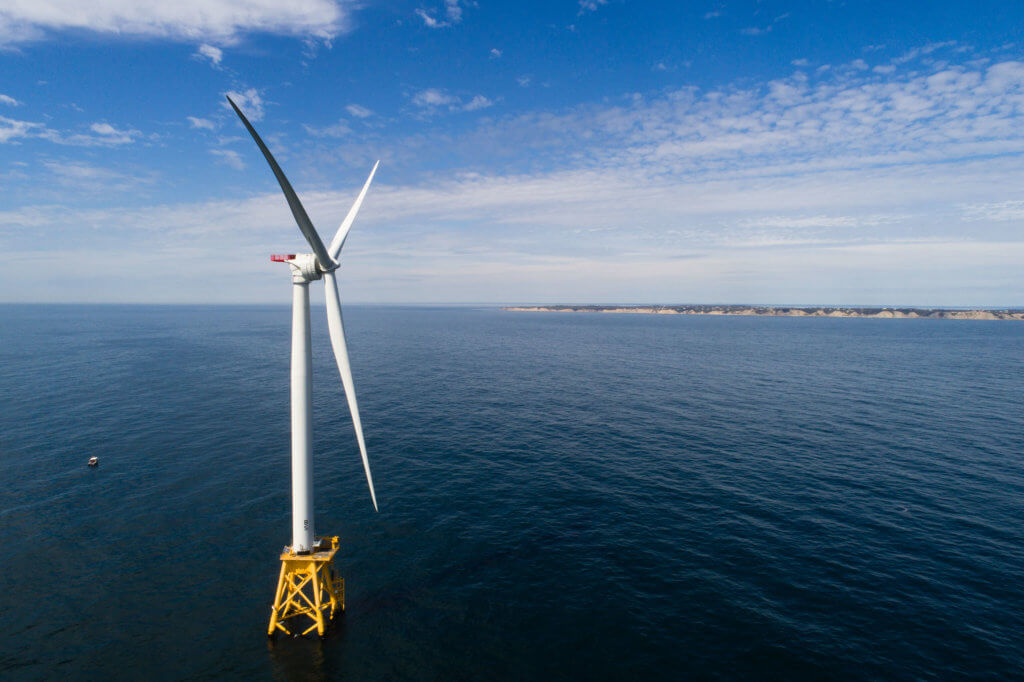Big Data can help cut wind farm O&M costs
While wind power costs have declined massively over the past several years, there’s still a need to wring even more economies out of the technology, and the growing use of big data in wind farm operations and maintenance (O&M) is going to be a major part of that effort.
That was the theme of “Future of O&M–The Technology Impact and Lessons Learned,” an education session held Tuesday at the WINDPOWER 2015 Conference & Exhibiton in Orlando, Fla.
Session moderator Peter Wells of UpWind Solutions summarized the panel discussion by saying there are limits on the degree to which costs can be cut through taller towers and larger rotors and “the rest of the [cost reduction] journey … is going to come through real material gains in technology, such as wearable intelligence, machine learning, etc. It’s just really, really important.”
Panel participants included:
- Ryan Junee, President, Wearable Intelligence, Inc.
- Vijay Narayanan, Director, Algorithms & Data Science, Microsoft
- Dan Shurey, Associate, Bloomberg New Energy Finance
- Brian Hayes, Executive VP, EDP Renewables NA LLC
- Andy Holt, GM Global Wind Projects & Services, GE Energy.
Machine learning, Narayanan said, can be defined as “systems that learn from data and improve with experience.” Among important reasons for using machine learning, he said, are “when you can’t code it” (e.g., in speech recognition, where pronunciations vary too widely), “when you can’t scale it” (intercepting spam messages on the Internet, where the volume is huge and new techniques for concealment are constantly being introduced), and “when you have to personalize” (predictive typing).
He provided a generic example of how data can be quickly collected and displayed with a graphic showing the ambient temperature and humidity in the session room (based on data provided by a small handheld sensor) and then breathing on the sensor. Within a few seconds, the display (from a cloud-based computer) changed, showing a sharp increase in both temperature and humidity.
This type of data gathering, transmission, storage, and display can be used for many turbine parameters to predict potential failures and optimize maintenance.
Ryan Junee, of Silicon Valley-based Wearable Intelligence, provided a short video featuring an oil and gas construction worker talking about how wearable equipment makes it possible for workers in the field to immediately, directly access instructions or checklists on how to carry out maintenance procedures or to consult with experts located offsite.
Brian Hayes offered some background on EDP Renewables’ history with O&M, noting that the company “has been doing the best it can to use new technology as it becomes available. In its first projects, he said, the primary focus was improving turbine availability, using techniques such as fault analysis and comparison among turbines: “Once we got that in order, which was around 2010-2011, we switched focus to efficiency–how to get more power from turbines.” Here “Big Data” came into play, for control strategy adjustments, aerodynamic improvements, and in some cases running turbines above nameplate power. More recently, the introduction of Condition Monitoring Systems (CMS) has provided further opportunities for O&M improvement: “We’re really excited about this. We have a number of projects that are coming out of warranty. We’ve retrofitted them with CMS, and they’ve already paid back more than the cost of doing that.”
Another interesting development, Hayes said, is Non Destructive Testing (NDT): “It’s possible now to do an [infrared] scan of rotating blades–you can identify where repairs are needed without ever shutting the turbine down.”
Holt echoed the value of big data in general, but added that it’s essential to harness it in a form that is readily usable by a wind farm site manager who can come in to work and say, for example, “We need to climb turbines 6 and 10 today.” The question of whether industry is ready for Big Data “is behind us. The data is there, now we have to figure out how to turn it into info that we can use at the sites.”
Asked by moderator Wells what is on his wish list, Holt said he has worked in the power industry and in oil & gas, and in those industries, 95 percent of outages are planned, versus 5 percent unplanned: “Right now in wind, it’s more like 60 percent unplanned, 40 percent planned, or maybe 50-50. We have to change that.”




